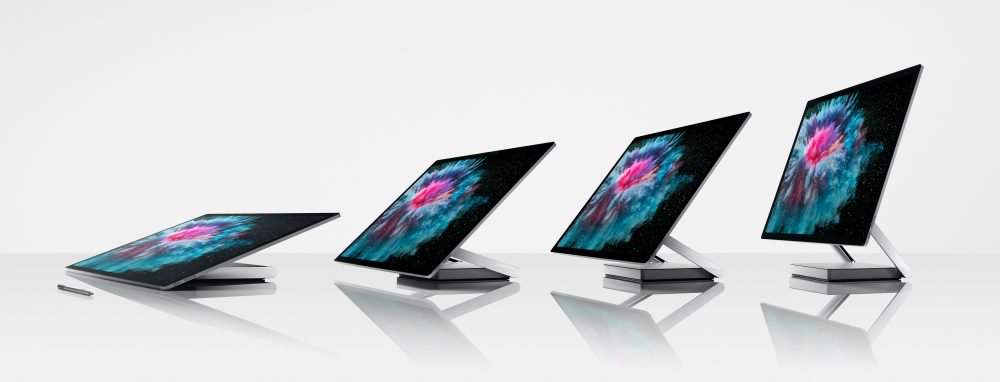Surface Studio 3 might come with MEMS microphones
2 min. read
Published on


It’s no secret that Microsoft is working on an upgrade to their Surface Studio lineup and we might soon see the new Surface Studio 3. While the Surface Studio 2 was like an incremental upgrade, the upcoming Surface Studio 3 might be a major upgrade over Studio 2.
Microsoft has been using MEMS microphones in Surface Hubs for a while now and the company is planning to bring the same tech to Surface Studio 3 as well. The major problem with MEMS microphones is the size and it’s difficult to squeeze them into thin devices. However, Microsoft has found a workaround to add MEMS microphones to the thin display of Surface Studio.
An electronic device with directional MEMS microphone assembly is provided, including a MEMS microphone capsule with a printed circuit board attached thereto and a housing attached to the printed circuit board. The microphone assembly includes a first internal port and a second internal port through the printed circuit board, wherein the first and second internal ports fluidly communicate with the MEMS microphone capsule. The microphone assembly further includes first and second external terminals through the housing, wherein the first external terminal is offset from the first internal terminal in an offset direction perpendicular to a thickness direction of the microphone assembly.
– Microsoft
Microsoft also explained the challenges of using MEMS microphones and the problems it might face to implement them on Surface Studio 3.
The integration of directional micro-electro-mechanical systems (MEMS) microphones into electronic devices poses several challenges in view of the ever smaller dimensions of electronic products. For example, when MEMS microphones in phones, display cases, so-called all-in-one Computers, tablets,
and smartphones to be integrated, the thickness of the MEMS assembly can directly affect the overall thickness of the display case. A thicker MEMS assembly can therefore result in a larger volume. This is not desired by the consumer.– Microsoft
You can head to USPTO (via WindowsUnited) to read more about the implementation and the challenges behind adding MEMES microphones.








User forum
0 messages